Merida Spain Travel Guide A Vagabond Life
Traveling to Merida, Spain, is a journey through time to a city steeped in history and Roman heritage. Located in the region of Extremadura in southwestern Spain, Merida was originally founded in 25 BC as Emerita Augusta, a Roman colony intended to house retired Roman soldiers. As a result, the city boasts an astonishing array of remarkably preserved Roman ruins, earning it recognition as a UNESCO World Heritage Site. Visitors can explore the breathtaking Roman Theater, one of the best-preserved in the world, as well as the impressive Roman Bridge spanning the Guadiana River. The Archaeological Ensemble of Merida offers an immersive experience into the ancient Roman way of life, making it a true pilgrimage site for history enthusiasts.
Beyond its Roman treasures, Merida also showcases an impressive blend of architectural styles, including Moorish and Gothic influences, visible in its historic city center. The city’s charming streets, cozy squares, and ornate churches provide a delightful backdrop for strolling and savoring traditional Extremaduran cuisine. Merida’s captivating past, coupled with its warm ambiance and cultural richness, makes it a unique and rewarding destination for travelers seeking a deep dive into Spain’s historical and architectural heritage.
Merida Spain Table Of Contents
Merida Spain Map

Merida Spain
Things To See & Do In Merida Spain
Visit the Roman Ruins
Roman Theatre and Amphitheatre
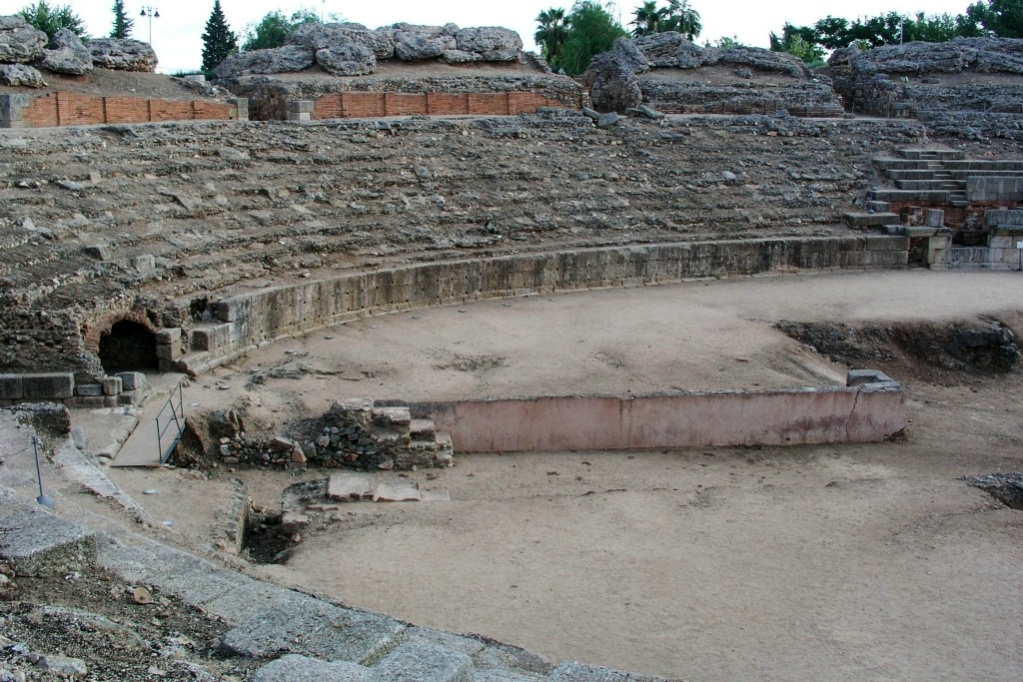
Roman Theatre and Amphitheatre
The Roman Theatre and Amphitheatre in Mérida, Spain, are exceptional remnants of the city’s ancient Roman past and stand as two of the most impressive Roman archaeological sites in Europe. The Roman Theatre, built in the 1st century BC, is a magnificent example of Roman engineering and design. With its stunning semicircular seating arrangement, stage, and towering backdrop, it once accommodated up to 6,000 spectators for performances of drama and music. Adjacent to the theatre lies the Roman Amphitheatre, constructed in the 8th century BC, where grand gladiatorial contests and other public spectacles took place. These remarkable structures are not only remarkable for their architectural splendor but also for the vivid insight they offer into the cultural and social life of ancient Mérida. A visit to these historical treasures is like stepping back in time to witness the grandeur and entertainment of the Roman era in all its glory.
Roman Bridge (Puente Romano)
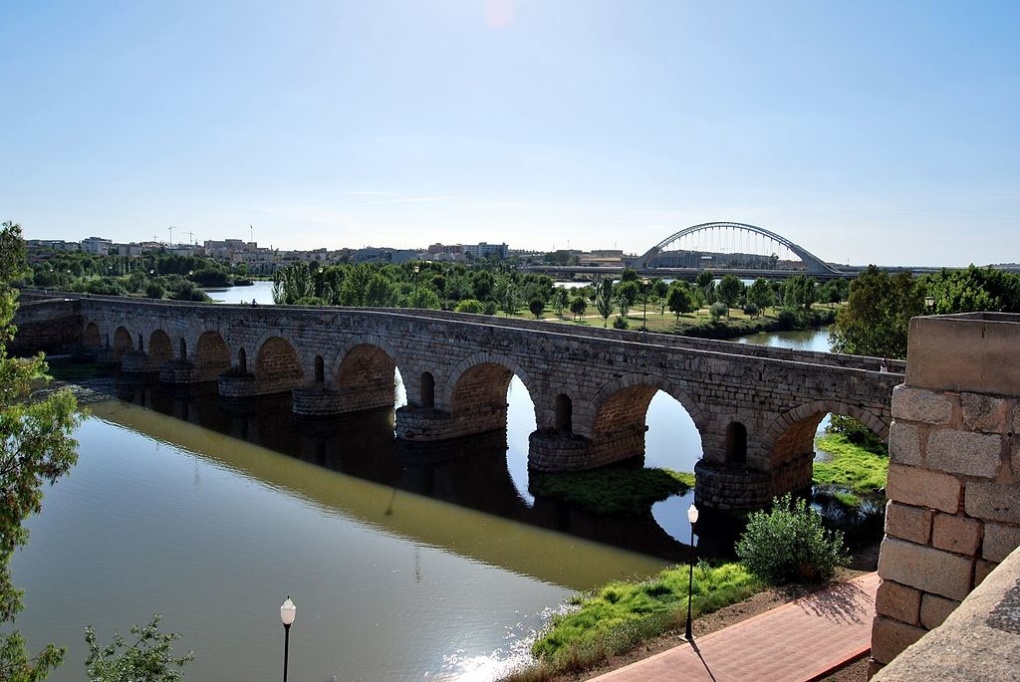
Roman Bridge (Puente Romano)
The Roman Bridge, or Puente Romano, in Mérida, Spain, is an architectural marvel that serves as a tangible link to the city’s rich Roman heritage. Built over the Guadiana River in the 1st century BC, during the reign of Emperor Augustus, this ancient bridge was a vital part of the Roman road network, connecting the northern and southern regions of the Iberian Peninsula. Spanning approximately 790 feet, the bridge’s sophisticated design, featuring 60 granite arches, reflects Roman engineering prowess. Despite its age, the Puente Romano remains remarkably well-preserved, a testament to the enduring quality of Roman construction. Today, it stands as an iconic symbol of Mérida’s historical significance and offers visitors a captivating glimpse into the ancient world, as they stroll across its weathered stones, following in the footsteps of generations past.
Templo de Diana
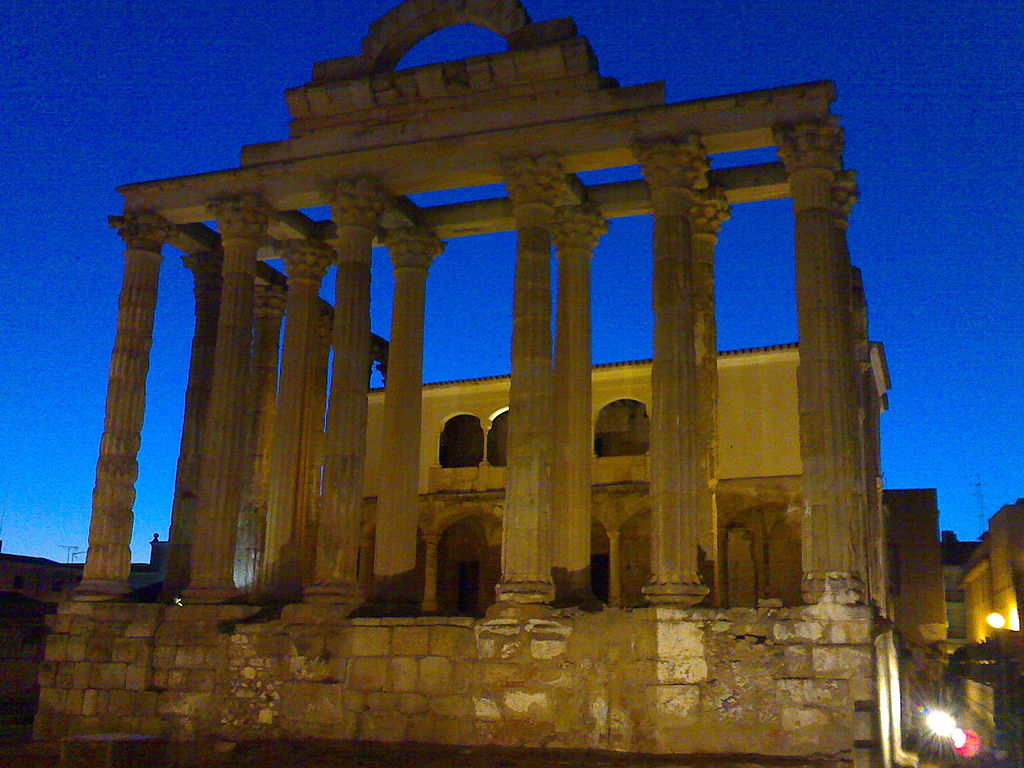
Templo de Diana
The Templo de Diana, located in Mérida, Spain, is a captivating Roman temple that serves as a testament to the city’s rich Roman heritage. Constructed during the 1st century BC, it was dedicated to the Roman goddess Diana, goddess of the hunt, and it stands as one of the best-preserved Roman temples on the Iberian Peninsula. The temple’s elegant Corinthian columns and intricate architectural details showcase the exceptional craftsmanship of the Roman builders who erected it. Although the temple’s original purpose has been the subject of debate, it has survived the test of time, witnessing centuries of history and transformation in Mérida. Today, the Templo de Diana remains a cherished archaeological treasure and a prominent symbol of the city’s enduring link to its Roman past, offering visitors a captivating glimpse into ancient Roman architecture and culture.
Roman Aqueduct
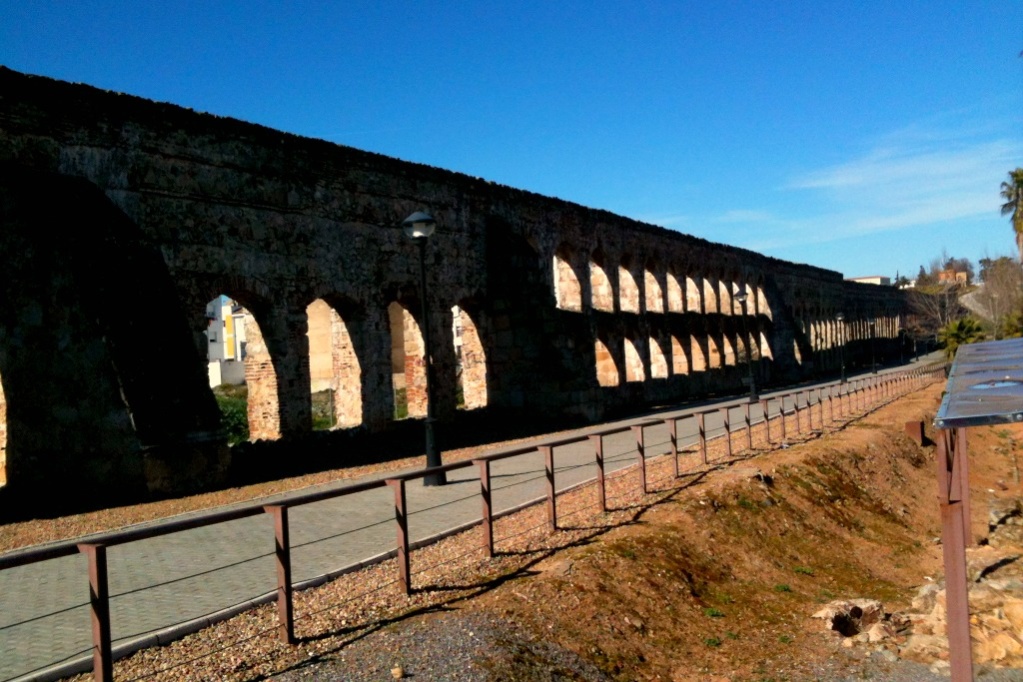
Roman Aqueduct (Acueducto de los Milagros)
The Roman Aqueduct in Mérida, Spain, is a testament to the ingenious engineering and architectural prowess of ancient Rome. Constructed during the 1st century AD, this aqueduct, known as the “Los Milagros Aqueduct,” was a crucial infrastructure project that served to supply water to the bustling Roman city of Emerita Augusta, present-day Mérida. Stretching over 800 meters and supported by a series of towering arches, the aqueduct was a marvel of its time, designed to transport water from the nearby Albarregas River. Today, many of its arches still stand tall, testifying to the durability and precision of Roman construction techniques. The Roman Aqueduct in Mérida is not only an awe-inspiring historical relic but also a vivid reminder of the vital role that water supply systems played in the development and sustenance of ancient Roman cities.
Circo Romano Hippodrome
Circo Romano Hippodrome
The Circo Romano, also known as the Roman Hippodrome, in Mérida, Spain, is a captivating archaeological site that echoes the vibrant entertainment culture of ancient Rome. Built during the 1st century AD, it was designed for chariot races and other exciting public spectacles. With a long, narrow track surrounded by stone bleachers that could accommodate thousands of spectators, the Circo Romano was an important center of entertainment and social gatherings in Roman Mérida. The well-preserved remains offer visitors a remarkable glimpse into the thrill and grandeur of Roman life, making it a unique archaeological site that reflects the historical richness of Mérida and its Roman heritage.
Portico del Foro
Portico del Foro
The Portico del Foro in Mérida, Spain, is an architectural gem that stands as a testament to the city’s rich Roman history and its role as a thriving center of civic life during antiquity. This stunning portico, part of the larger Roman Forum complex, was constructed during the 1st century BC. Its intricate design features beautifully carved columns adorned with ornate Corinthian capitals, creating an impressive colonnaded entrance to the city’s forum, where political, social, and commercial activities thrived in ancient times. The Portico del Foro’s remarkable preservation allows modern visitors to step back in time and appreciate the architectural and cultural heritage of Roman Mérida, making it a must-see destination for history enthusiasts and admirers of classical Roman architecture.
Arch of Trajan
Arch of Trajan
The Arch of Trajan in Mérida, Spain, is a remarkable testament to the grandeur of Roman architecture and a tangible link to the city’s rich Roman heritage. Erected in the 2nd century AD, this triumphal arch was built to honor the Roman Emperor Trajan. It stands as one of the most well-preserved and impressive Roman arches outside of Rome itself. With its intricate reliefs depicting scenes from Trajan’s campaigns and its towering structure, the Arch of Trajan is not only a symbol of imperial might but also a captivating historical artifact that allows visitors to step back in time and marvel at the achievements of ancient Rome. It remains an iconic landmark in Mérida and a must-visit for anyone eager to explore the city’s profound connection to its Roman past.
The Alcazaba Merida Spain
The Alcazaba
The Alcazaba in Mérida, Spain, is a historical fortress that bears witness to the city’s diverse and rich history. Originally constructed during the 9th century as a defensive structure by the Moors, it later became a significant stronghold for the Christian Reconquista in the 13th century. The Alcazaba’s well-preserved walls, towers, and gates offer a glimpse into its strategic importance throughout the centuries. Today, it stands as a compelling historical site, reflecting the various cultural influences that have shaped Mérida over time. Visitors can explore its impressive battlements and enjoy panoramic views of the city, making it an essential stop for those seeking to uncover the layers of Mérida’s fascinating past.
Spain Travel Guides
Spain Travel Stories

Merida Spain
Merida Spain Merida Spain: From Cordoba we took a 4 hour bus trip through pretty countryside with the famed white Andalusian villages dotted on the
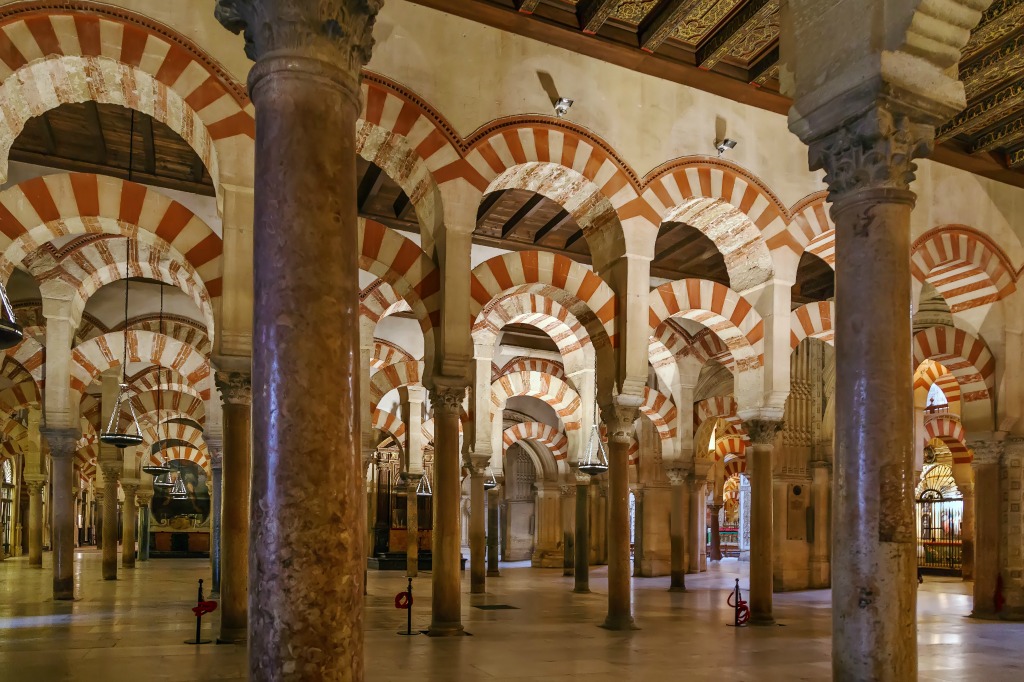
Cordoba Spain
Cordoba Spain – From Seville we caught a train to the historic town of Cordoba which took a couple of hours. Cordoba is another
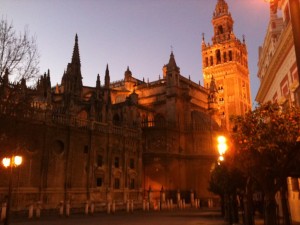
Seville Spain
Seville Spain Seville: To escape the bitter cold and snow in SW France we jumped on a cheap flight to Southern Spain, first stop Seville.
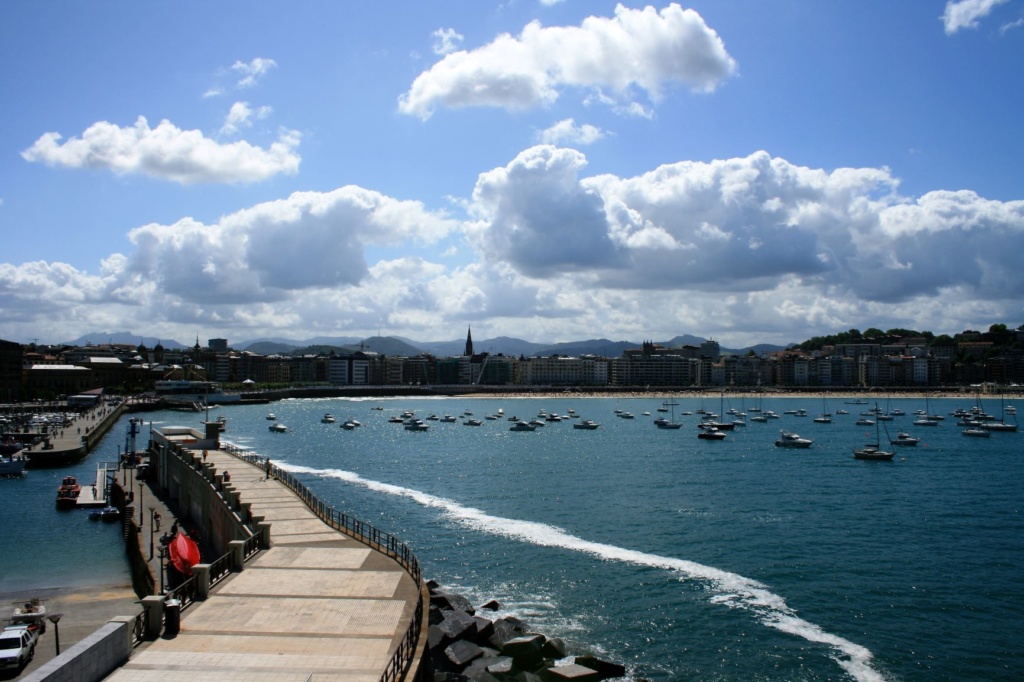
Spain
Spain – Barcelona Spain Spain – We arrived in Barcelona after a long flight via London buggered, but in true backpacker style and wanting to